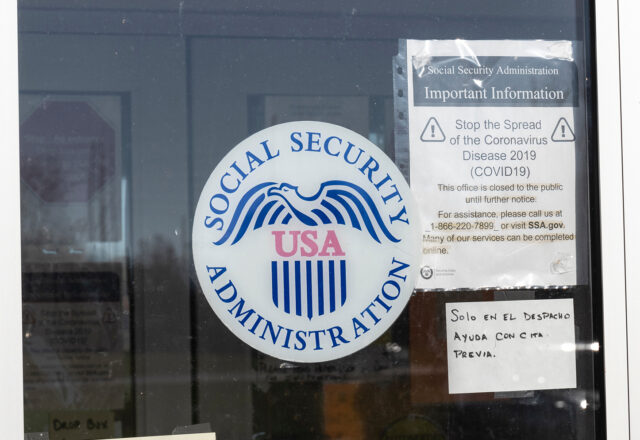
2 Options in an Emergency: Savings or Family
The pandemic was a crash course in the importance of having some money in the bank for an emergency.
When COVID started to spread, jobs vanished, mothers abruptly stopped working to care for children who weren’t in school, and, for the unlucky people who became ill, the medical bills rolled in.
Congress took extraordinary measures during these extraordinary times and approved three rounds of relief payments totaling several thousand dollars per household in 2020 and 2021. But the federal payments, along with extra unemployment benefits and an increase in the child tax credit, weren’t enough to keep everyone afloat.
That left the people who didn’t have any savings with one other fallback option to get them through the tough times: borrowing from a family member.
The non-savers resorted to borrowing from family at three times the rate of people who did have savings – 15 versus just 5 percent, according to surveys conducted in 2020 and 2021 by the financial services company, BlackRock.
But borrowing from family to ease financial strains causes another problem: the people who got help from family said it stressed them out, the survey found.
Right now, the economy is doing pretty well, and jobs are plentiful. It might be time to think about a New Year’s Resolution. Many workers are still barely getting by, and it can be difficult to save. But at least give it a try.
The next time you have a financial emergency, Congress probably won’t be there to bail you out.
Read more blog posts in our ongoing coverage of COVID-19.
Squared Away writer Kim Blanton invites you to follow us on Twitter @SquaredAwayBC. To stay current on our blog, please join our free email list. You’ll receive just one email each week – with links to the two new posts for that week – when you sign up here. This blog is supported by the Center for Retirement Research at Boston College.
Comments are closed.







Very well written.